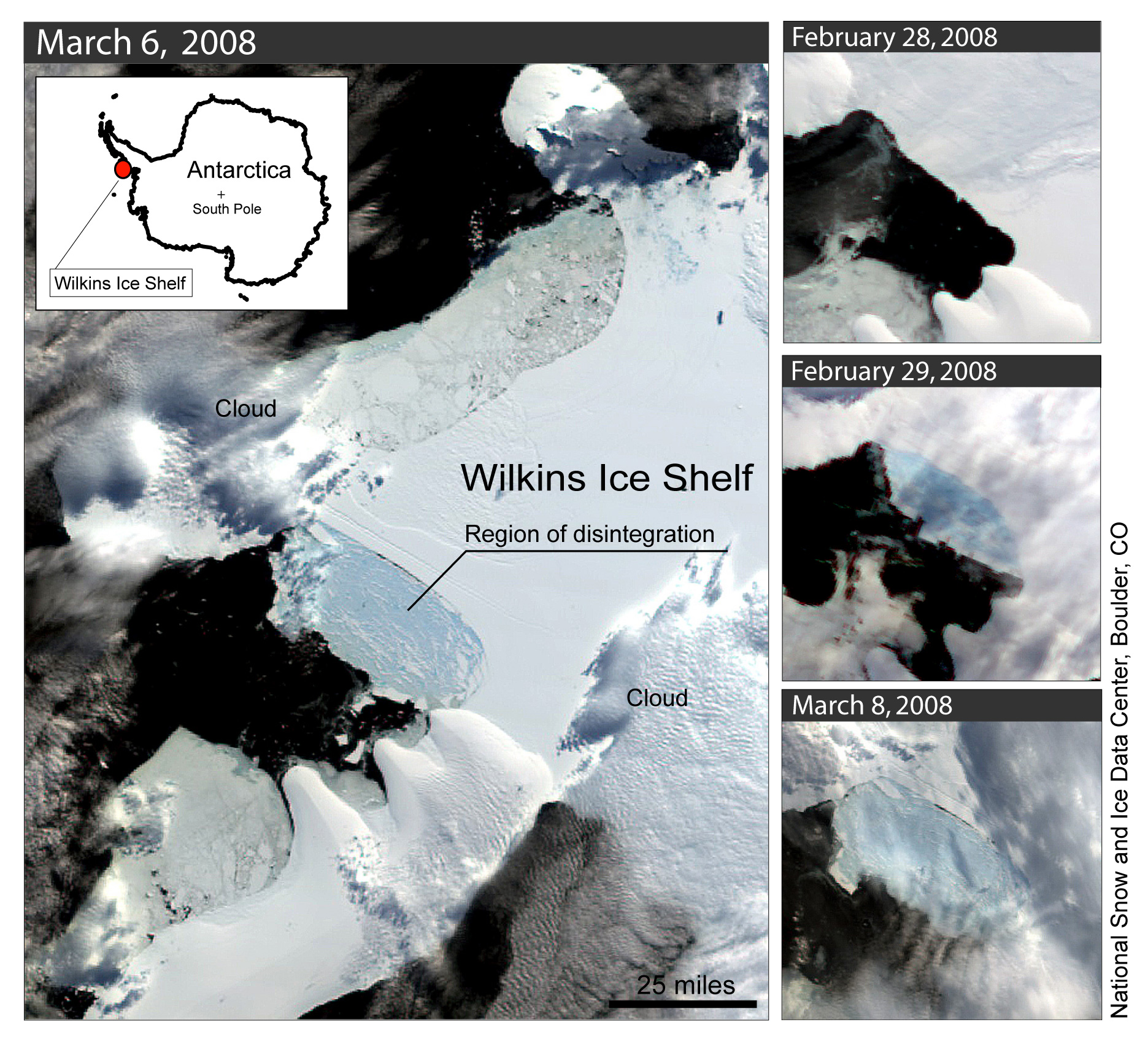 22 ’07 – The US Climate Action Partnership was formed. The Climate Action Partnership is a partnership of corporations and non-governmental organizations (NGOs) that called for significant and immediate action to fight global climate change.
22 ’07 – The US Climate Action Partnership was formed. The Climate Action Partnership is a partnership of corporations and non-governmental organizations (NGOs) that called for significant and immediate action to fight global climate change.Although many individual companies and certainly many NGOs had been calling for action for many years, the high profile nature of the companies involved led to significant press coverage and added credibility to the need for action. They released this statement (pdf) on January 22, 2007.
Founding members of USCAP were these companies:
- Alcoa
- BP America
- Caterpillar Inc.
- Duke Energy
- DuPont
- FPL Group
- General Electric
- Lehman Brothers
- PG&E Corporation
- PNM Resources
and these original NGOs:
- Natural Resources Defense Council
- Pew Center on Global Climate Change
- Environmental Defense
Seventeen more companies, the National Wildlife Federation and The Nature Conservancy joined later in 2007. Recently, three companies have decided to leave USCAP.
====================
This is one in the series of "Decade in Review" posts on this blog that began in January 2010. These posts present climate-change-related events that occurred during the 00's, the warmest decade in recorded history.































